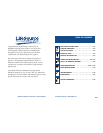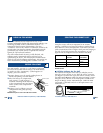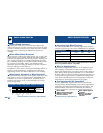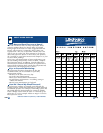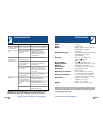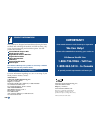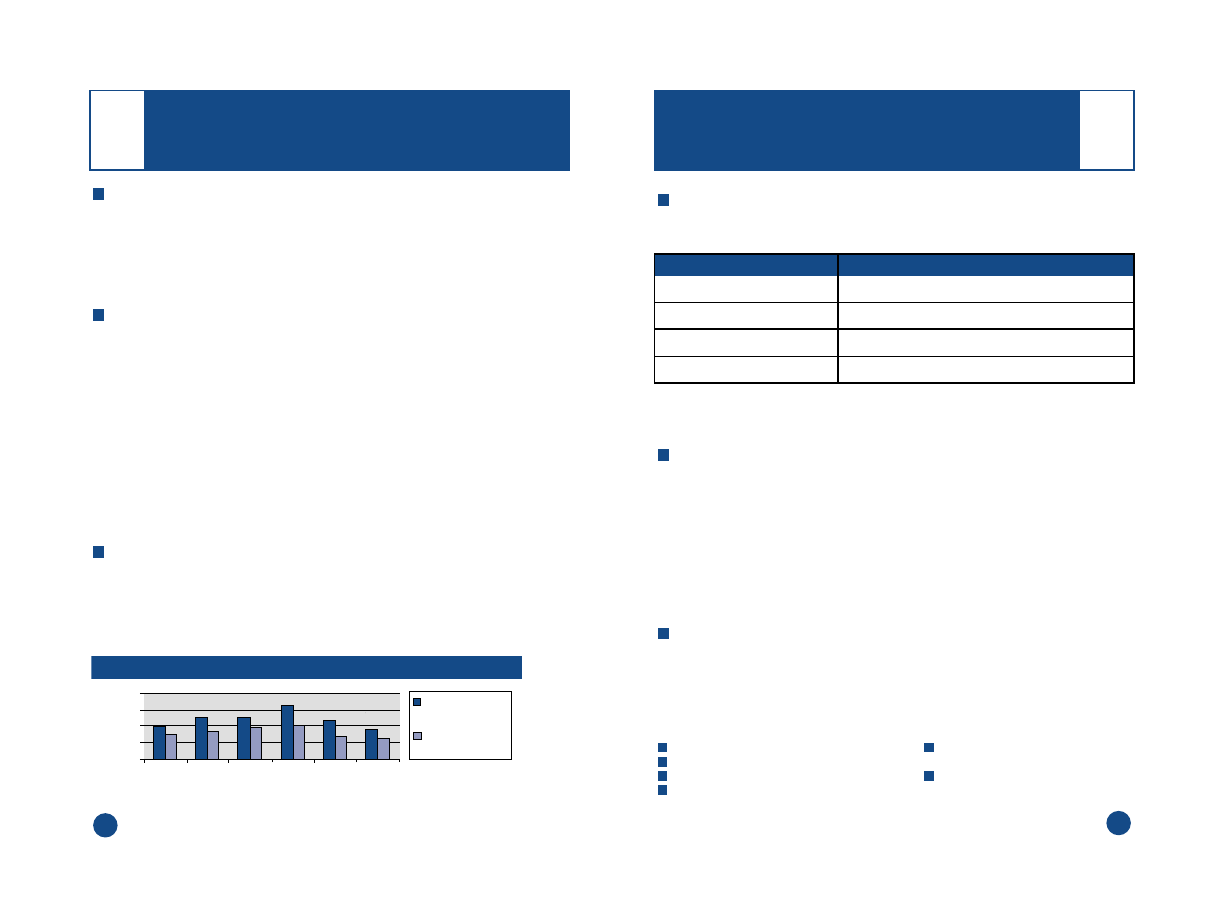
E-11
E-10
Assessing High Blood Pressure
The following standards for assessing high blood pressure
(without regard to age) have been established as a guideline.
BP Classification Systolic (mmHg) Diastolic (mmHg)
Normal <120 and <80
Prehypertension 120-139 or 80-89
Stage 1 Hypertension 140-159 or 90-99
Stage 2 Hypertension ≥160 or ≥100
SOURCE: The Seventh Report of the Joint National Committee on
Prevention, Evaluation and Treatment of High Blood Pressure. National
Heart, Lung and Blood Institute - May 2003.
What Is Hypertension?
Hypertension (high blood pressure) is the diagnosis given
when readings consistently rise above normal. It is well
known that hypertension can lead to stroke, heart attack or
other illness if left untreated. Referred to as a “silent killer”
because it does not always produce symptoms that alert you
to the problem, hypertension is treatable when diagnosed
early. Those who fall within the Prehypertensive range are
more likely to develop hypertension in the future.
Can Hypertension Be Controlled?
In many individuals, hypertension can be controlled by
altering lifestyle and minimizing stress, and by appropriate
medication prescribed and monitored by your doctor. The
American Heart Association recommends the following
lifestyle suggestions to prevent or control hypertension:
Don’t smoke. Have regular physical
Reduce salt and fat intake. checkups.
Maintain proper weight. Monitor your blood
Exercise routinely. pressure at periodic
intervals.
ABOUT BLOOD PRESSURE
❤
What Is Blood Pressure?
Blood pressure is the force exerted by blood against the
walls of the arteries. Systolic pressure occurs when the heart
contracts; diastolic pressure occurs when the heart expands.
Blood pressure is measured in millimeters of mercury
(mmHg).
What Affects Blood Pressure?
Blood pressure is affected by many factors: age, weight, time
of day, activity level, climate, altitude and season. Certain
activities can significantly alter blood pressure. Walking can
raise systolic pressure by 12 mmHg and diastolic pressure
by 5.5 mmHg. Sleeping can decrease systolic blood pressure
by as much as 10 mmHg. Taking your blood pressure
repeatedly without waiting an interval of at least 3 minutes
between readings can also affect it.
In addition to these factors, beverages containing caffeine or
alcohol, certain medications, emotional stress and even
tight-fitting clothes can make a difference in the readings.
What Causes Variations In Blood Pressure?
An individual’s blood pressure varies greatly from day to day
and season to season. In hypersensitive individuals, these
variations are even more pronounced. Normally, blood
pressure rises during work or play and falls to its lowest
levels during sleep.
ABOUT BLOOD PRESSURE
❤
Systolic Blood
Pressure
Diastolic Blood
Pressure
200
150
100
50
0
Fluctuation within a day (case: 35 year old male)
Arising
Start
Work
Telephone
Argument
Sleep
Leave
Work
LifeSource Health Line (Toll-Free): 1-888-726-9966
In Canada (Toll-Free): 1-800-463-5414
❤
❤




